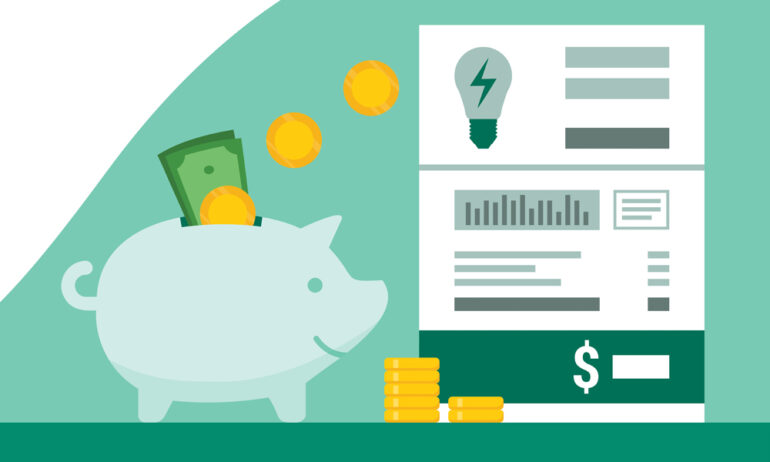Energy prices in the US have increased in recent years, but there are several cheap and easy ways to save money on electricity bills and reduce your carbon footprint at the same time.
In order to understand how to save money on your electricity bill, it’s important to know what uses the most power in your home. According to the EIA, the average household consumed nearly 50% of its total electricity in 2022 on space heating and cooling, water heating, and refrigeration.
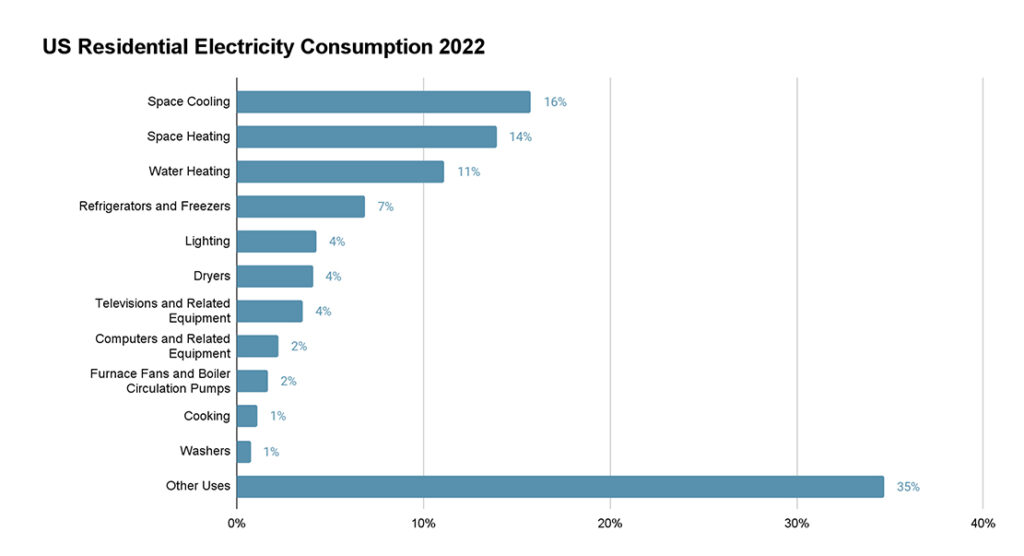
Insulate Your Home
The best way to save money on your electricity bills is to insulate your home. The Environmental Protection Agency (EPA) estimates that you can save 11% on your total energy costs, just by insulating and sealing air leaks around your home.
Homeowners can save up to $200 a year by adding insulation to attics, floors, crawl spaces, and basements. Energy Star’s DIY guide on home insulation claims you will see the biggest savings by plugging large holes in your attic and replacing old, dirty, and wet insulation.
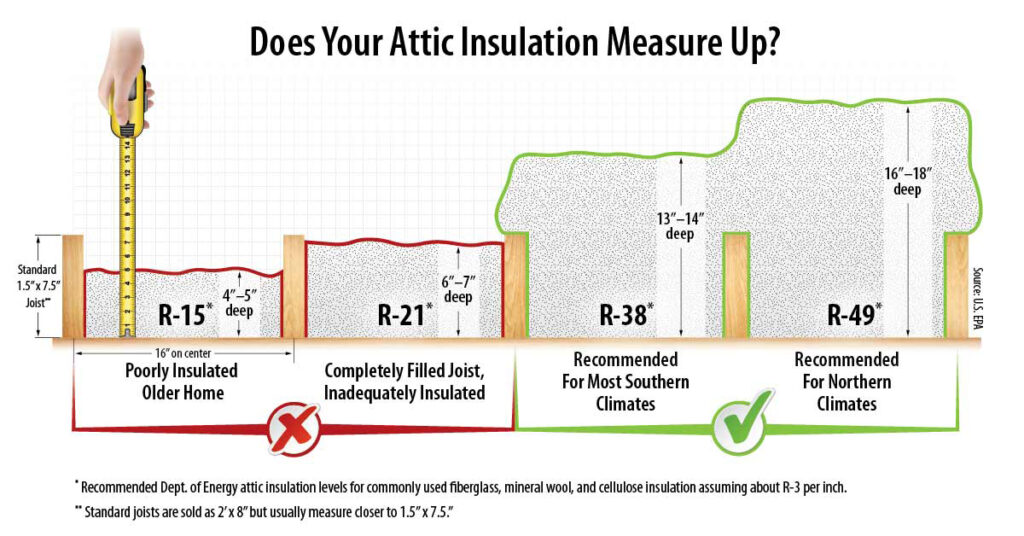
Seal All Air Leaks
One of the most cost-effective ways to save money on your electricity bills is to seal your home with caulk, spray foam, and weather stripping. The Energy Department recommends checking for areas where different building materials meet, like window frames, electrical outlets, vents, baseboards, and more.
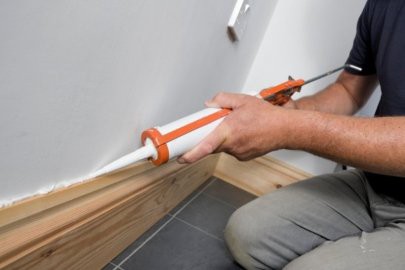
To find air leaks around your home, you can light an incense stick and bring it close to common leak sites. If you see the smoke blowing in any direction, you probably have a draft that needs to be patched. You might also want to consider upgrading to storm windows, which can save you $350 on your heating and cooling bills per year, according to Energy Star.
Seal and Insulate Your Ducts
You can also save a lot of money on your electricity bills by sealing and insulating your heating and cooling ducts. According to Energy Star, you could improve the efficiency of your HVAC system by 20-30% percent by sealing the ducts that run through your attic, crawlspace, basement, and garage.
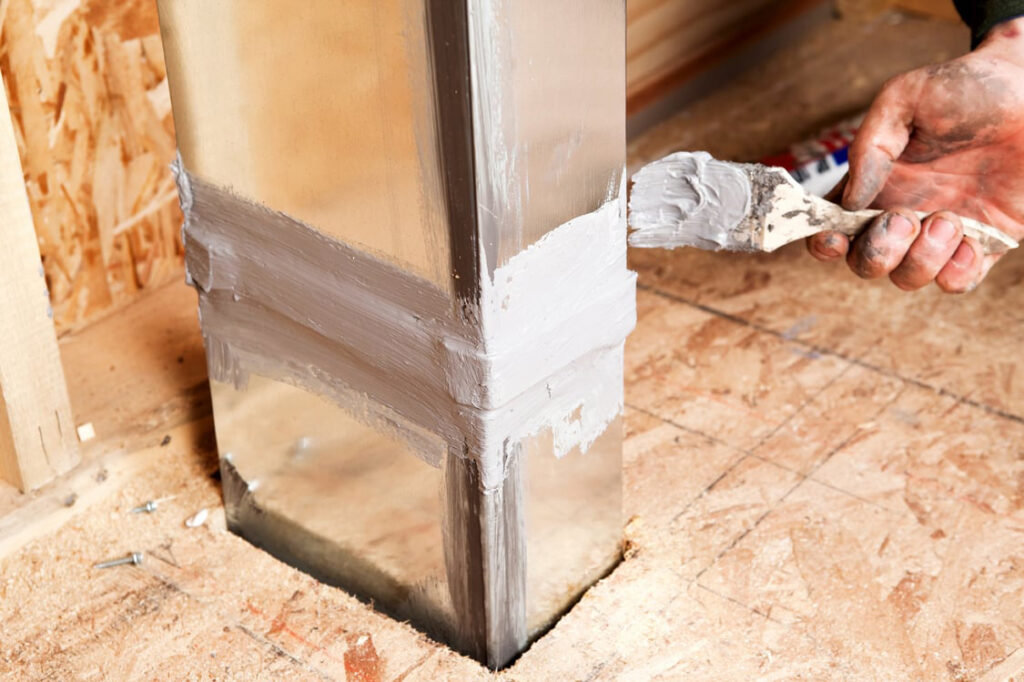
Start with ducts in the attic, crawlspaces, and other unconditioned areas. Look for joints, holes, and any areas that might have air leaks, and then patch them with duct mastic, butyl tape, foil tape, or other heat-approved tapes.
Change Your Air Filter
You should change your air conditioner or HVAC filter when they are dirty or at least every 3 months. When these filters get dirty, they can cause your HVAC system to work harder and use more energy. By routinely changing your air filters, you can reduce heating and cooling costs by 5-15%, according to the DOE.
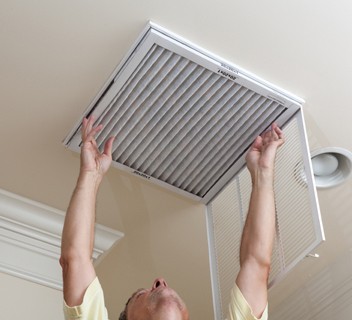
Install a Smart Thermostat to Automatically Save on Electricity
Installing a smart thermostat lets you control the temperature in your home from anywhere in the world using your smartphone, tablet, or computer. You can also create custom schedules and use other features to save $100 a year on your electricity bills, according to Energy Star.
For example, you can use a feature called “geofencing” to make your smart thermostat automatically turn off when you leave home. Some smart thermostats will even turn down the temperature automatically during peak hours, which can greatly reduce your electricity bills.
Read More: How to save money and energy with a smart home
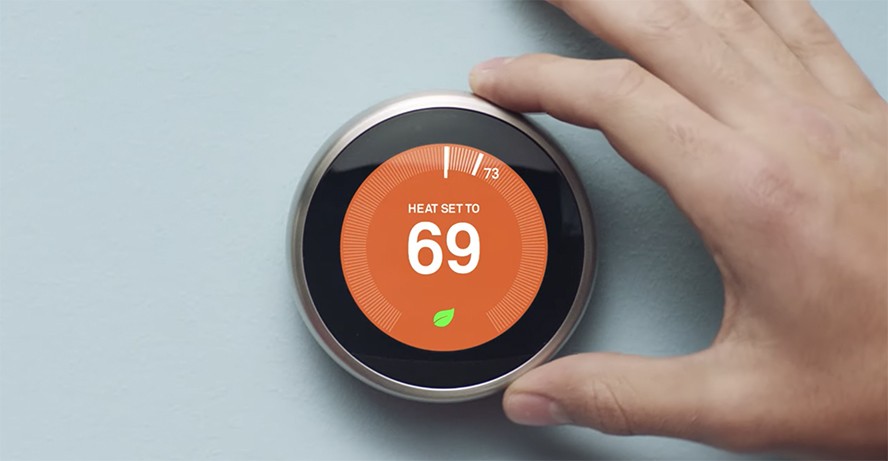
If you’re interested in upgrading your HVAC system, HelloTech can send a professional technician to install your smart thermostat for you. Our technicians are all certified to deal with your HVAC system and electrical wiring. We will make sure your smart thermostat is compatible, set everything up for you, and teach you how to use the smartphone app.
Turn Down Your Water Heater
Typically, water heater thermostats are set at 140 degrees, but the Energy Department advises households to adjust the temperature to 120 degrees. The government agency claims this step can save you up to $61 a year and reduce the risk of scalding.
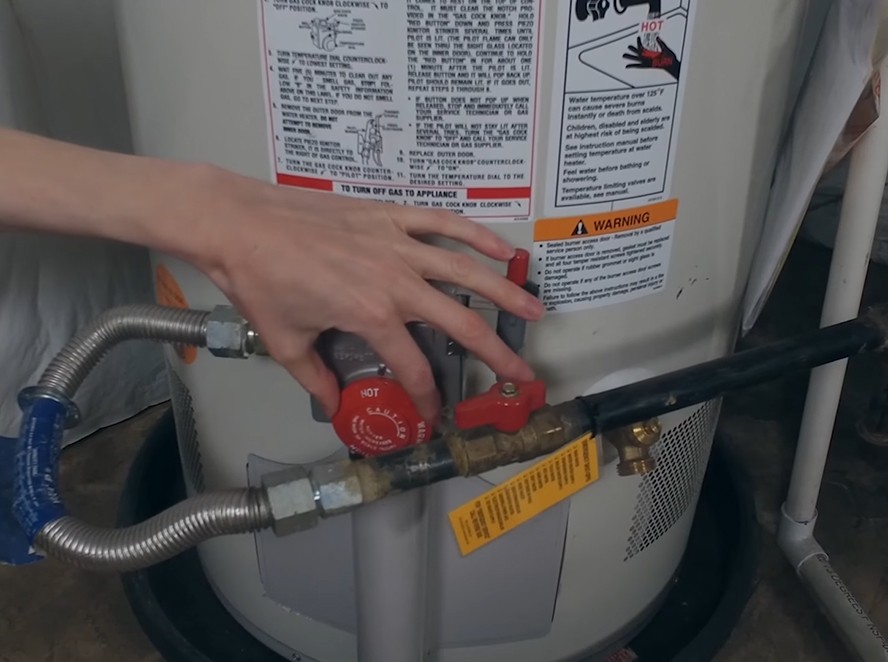
On the other hand, the US Department of Agriculture (USDA) advises you to keep your dishwasher temperature above 140 degrees to kill bacteria. While the Energy Department says the reduced temperature “is still considered safe for the majority of the population.”
Use Low-Flow Shower Heads
Switching to a low-flow shower head and keeping your showers under 10 minutes can save you up to $145 a year on electricity, according to Energy Star. Specifically, the government agency recommends using a new 2.5-gallon-per-minute shower head, which will use 50% less water than older shower heads made before 1995.
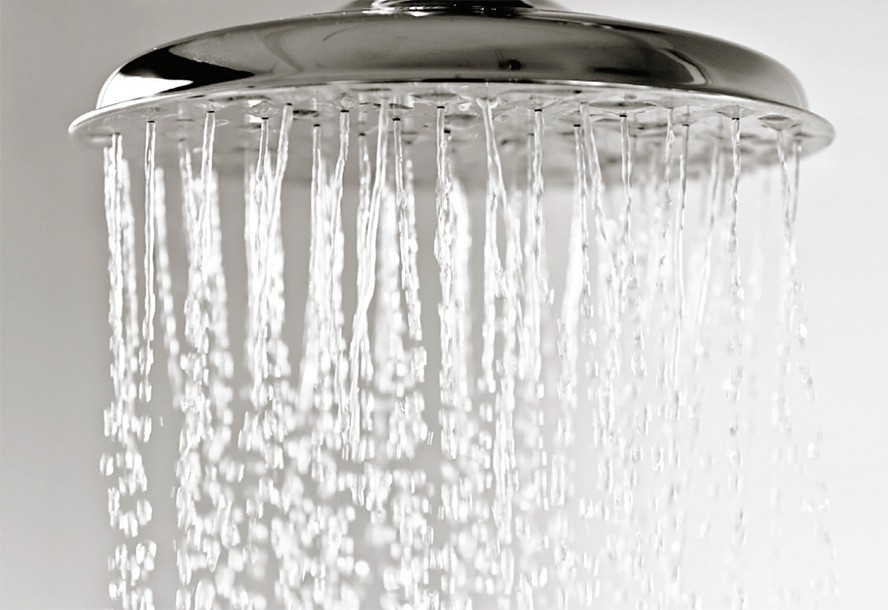
Set Your Fridge to the Right Temperature
The Department of Energy advises you to set the temperature in your fridge between 35 and 38 degrees and set your freezer to 0 degrees. The ideal temperature for your fridge is 37 degrees, and you should always set your fridge below 40 degrees to keep your food fresh.
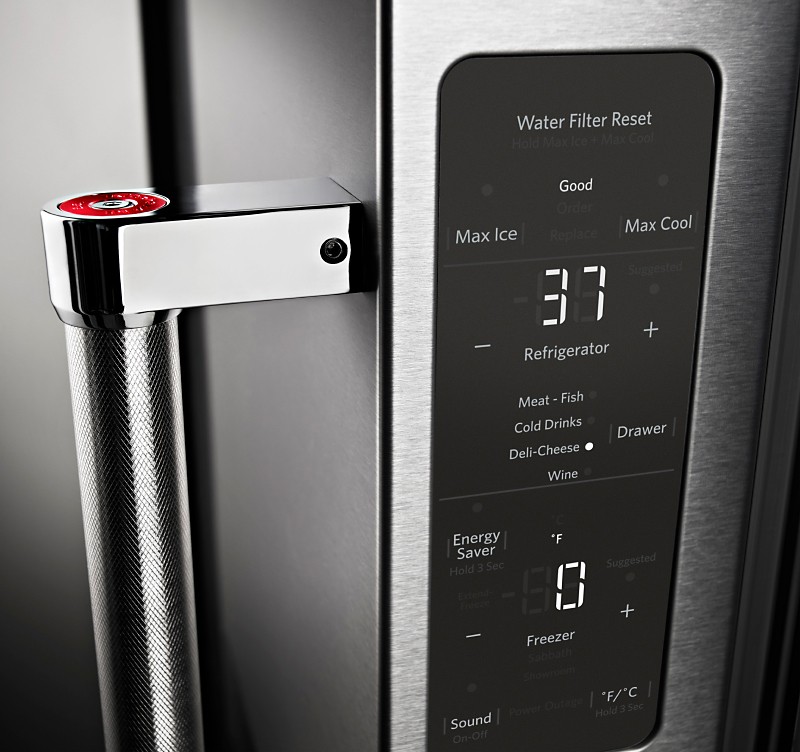
Also, avoid opening the door for long periods of time or adding hot food or drinks to your fridge or freezer to save electricity. If you are ready for a new fridge, getting an Energy Star-certified fridge can save you $260 over the course of its 12-year lifespan.
Clean Your Refrigerator
The Department of Energy recommends you should clean your refrigerator coils every six months to a year, especially if you have pets that shed. Taking this step can reduce your refrigerator’s energy by up to 35% and increase the life of your appliance.

Clean Your Dryer Filter
One of the easiest ways to save money on your electricity bills is to clean the lint filter before every load. According to Energy Star, this step alone will save you $34 a year. The Department of Energy even recommends scrubbing your lint filter with a toothbrush once a month to remove film buildup.
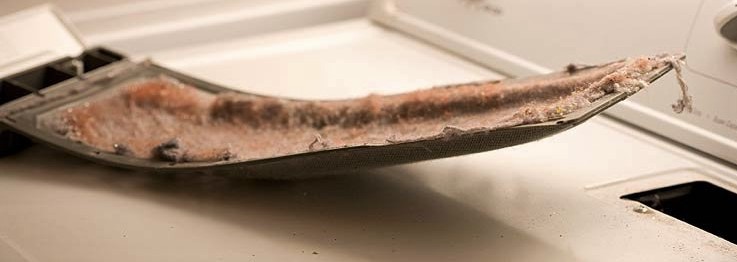
You can also save energy by using a cool-down cycle or lower heating settings, even if you have to run the cycle longer. If you have an older dryer, upgrading to an Energy Star-certified model will use 20% less energy.
Upgrade to Smart Lights
New LED light bulbs use 90% less energy than incandescent bulbs and last 15 times longer. So, just upgrading 5 light bulbs in your home will save you $40 a year in energy costs. If you choose smart LED bulbs, you won’t have to turn your lights off anymore, which will save you even more money.
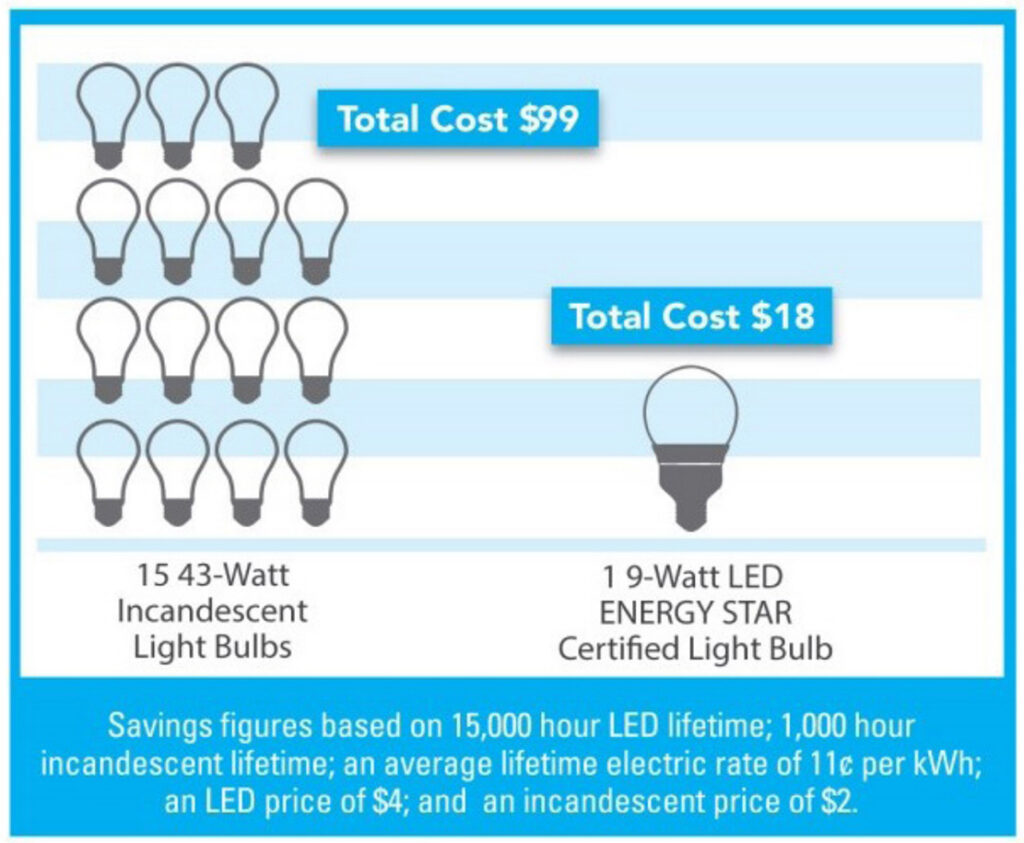
Smart bulbs allow you to set up schedules, or you can use a feature called geofencing to link your lights to your phone, so they automatically turn off when you leave home. Plus, some smart lights also let you set the mood with over 16 million different color combinations and shades of white.
Read More: The best smart light bulbs
Use Smart Plugs to Reduce Vampire Energy
In the average home, 75% of electricity used by electronic devices occurs after they have been turned off. These “energy vampires” can cost you up to $200 a year in wasted electricity, according to the Department of Energy. To reduce vampire energy, you can either unplug your device when you’re not using them or just use smart plugs.
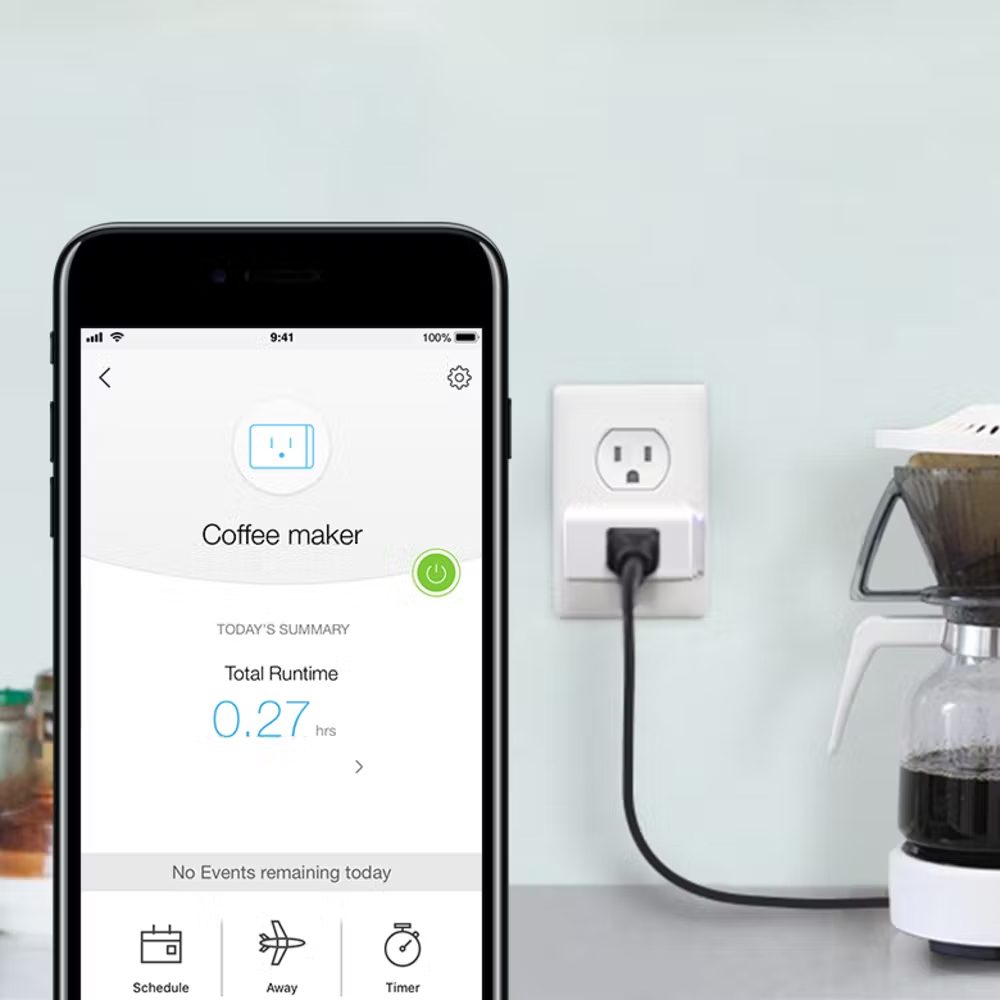
Smart plugs can turn almost any electronic device into a smart device, so you can control them from anywhere in the world and create schedules to turn off your devices when you leave home. If you want to control several devices at once, you can also get a smart power strip, which can automatically turn off the power to devices when they are not in use.
Wash Your Clothes with Cold Water
Washing your clothes with cold water only uses 10% of the energy compared to hot water. Switching to the cold setting will save you $66 a year, and it is just as sufficient for rinsing and cleaning your clothes, except for oil stains, according to Energy Star.
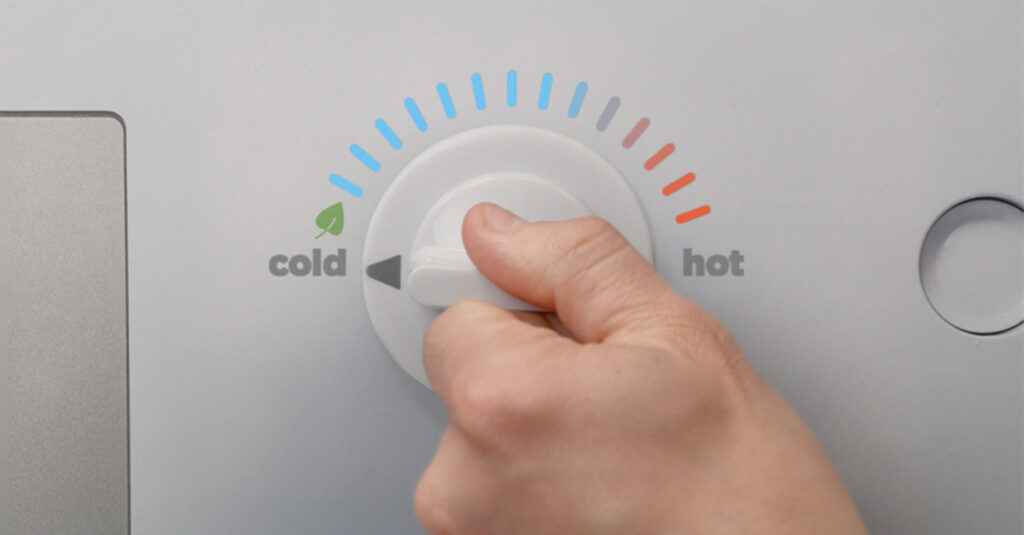
You can save even more electricity if you run a full load, use the high-efficiency cycle, and use the high-spin speed to reduce drying time. Plus, washing your clothes with cold water is more gentle, better for colors, and won’t shrink your clothes as much as hot water.
Use a Dishwasher to Save Electricity
Washing the dishes by hand surprisingly uses more water and energy than loading them in the dishwasher. In fact, newer dishwashers only use half the energy compared to handwashing. Plus, using an Energy Star-certified dishwasher saves about 3,800 gallons of water over its lifetime.

The Department of Energy also recommends running your dishwasher on a full load, using ‘eco mode,’ air drying your dishes, and using rinse aid to help them dry quicker.
